- Homepage
- News and Features
- Ecology Thrives at Award-Winning Goring & Streatley
Ecology Thrives at Award-Winning Goring & Streatley
The greenkeeping team at Goring & Streatley have instigated a quiet revolution over the past five years, combining course improvements with outstanding ecological habitat creation and management. Progress on both fronts has been remarkable and resulted in a prestigious Syngenta Operation Pollinator Award at January’s Golf Environment Awards, a richly deserved prize for a club that has instituted a bold vision and backed it up with diligent planning and relentless hard work.
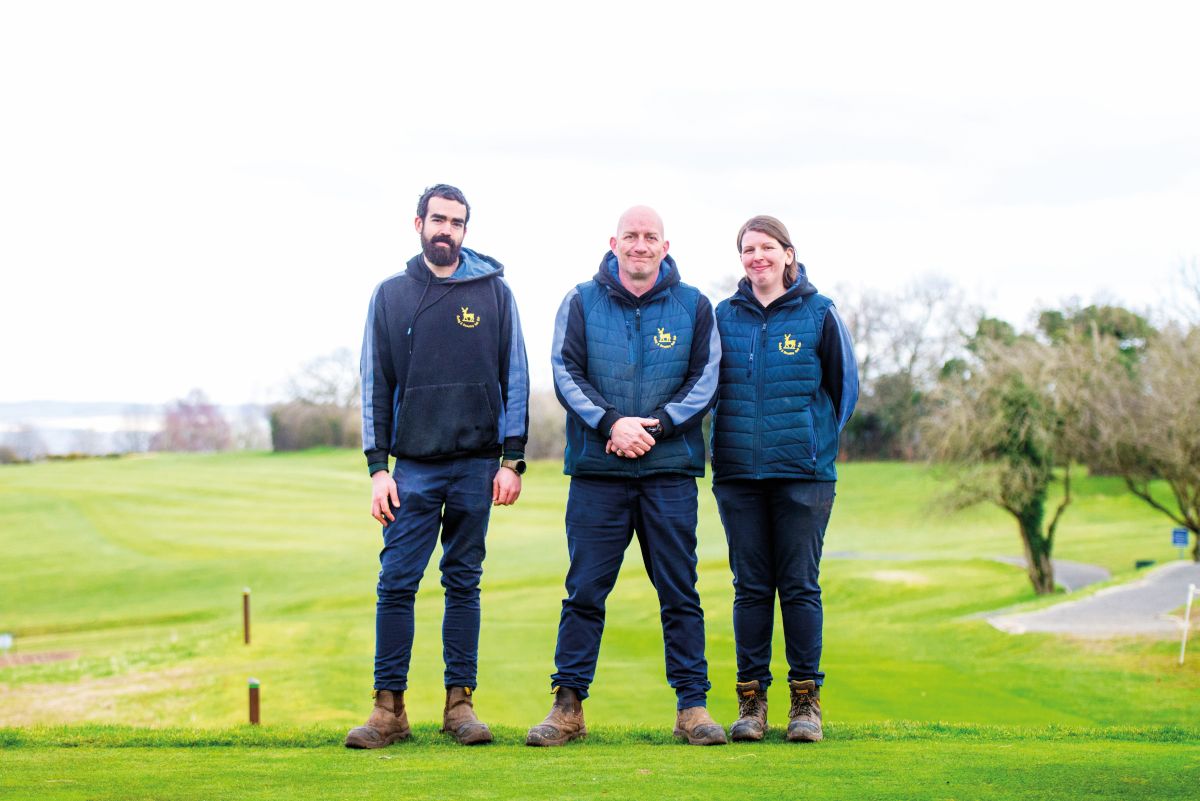
With a strong commitment to community engagement, Goring & Streatley is showcasing how courses provide so much more than merely a place to play golf. Driven by the goal of restoring the course to its original state, along with a desire to create a sanctuary for wildlife, the experienced team at the West Berkshire venue are certainly delivering.
Course Manager Matt Aplin and Ecology Manager Melissa Winkworth are spearheading the club’s efforts, delivering improved playing surfaces while enhancing Goring & Streatley’s environmental credentials. Matt has been at the club for 27 years, having joined as an apprentice when he was just 17. He has been in the top job for nine years, spending much of that time striving to return the course to its original characteristics.
“When I took over as course manager, our golf course was managed very differently to how it is now,” he explained. “We had a lot of invasive scrub that had grown for 50-odd years, as the philosophy was essentially to leave everything alone. We ended up with lots of invasive hawthorn, bramble and stinging nettles, even around tees. There were no vistas at all – we’ve got some stunning views up here now, but that wasn’t the case then. We’ve stripped it all back and taken out masses of what was basically rubbish.
“A lot of the work we’re doing is based on the 1940s and 50s RAF photographs. They show how the golf course used to be and it was clearly designed with hardly any trees. It’s a downland golf course, but over time it lost those characteristics and we’re working hard to bring them back.” The removal of scrub and those trees that were struggling has improved air flow, with some greens that were often damp and frequently rendered unplayable now in fine condition. The remaining trees are now thriving.
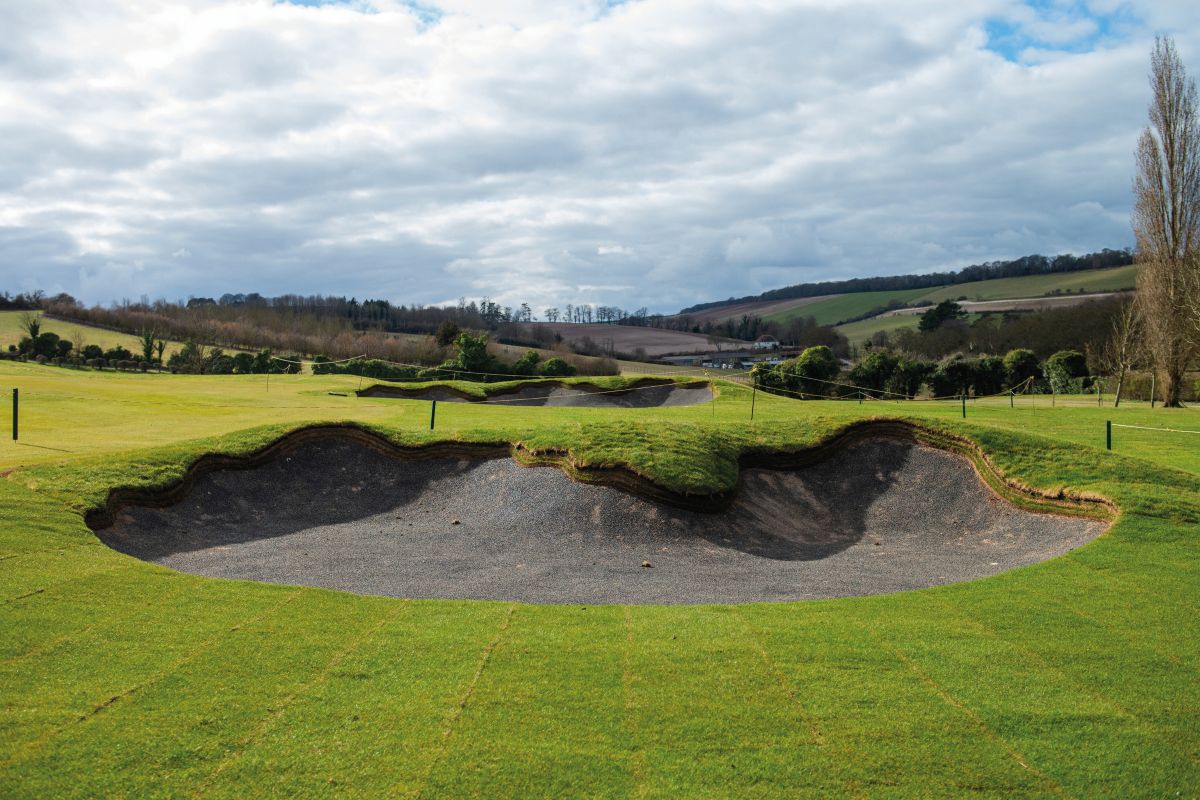
The team have focussed on planting native hedgerows, enhancing habitat diversity and offering shelter, all while maintaining the course’s playability and avoiding any negative impact on turf management from unsuitable tree planting.
Melissa, who started out working in the clubhouse before pursuing a greenkeeping career a decade ago, is proud of the work being done at her club. “We have many different types of habitats for pollinators,” said Melissa, whose interest in ecology was instilled in her by her parents, who are keen twitchers. “We have our natural meadows which stretch over 19 acres and we have recorded many different wildflower species. To maintain this area, we cut down at the end of the year after all the wildflowers have seeded and cut again in the spring to help reduce the thicker grasses and stop them taking over.
“We also have a lot of log piles around the golf course, with the biggest one being in our yard. Every area that is cleared has a log pile built there to help with providing a habitat for the solitary bees and other pollinators. We have three bits of woodlands on our course, one of which we have completely opened up and exposed the woodland floor. This has allowed bluebells to flourish and every year we are getting more. We have also added snowdrop bulbs to this area to help create an early food source. Our bunkers have become a great habitat for mining bees and we have educated our members on these so they are very supportive of letting them thrive.”
The club have engaged numerous experts to help assist in their efforts, with some thrilling results, including the reappearance of the rare chalk hill blue butterfly on the site. Indeed, the variety of different animal and insect species identified on the site is extensive, with kestrels, red kites, buzzards, voles and various reptiles to name just a few.
Melissa described the wide range of management practices that are helping to make Goring & Streatley a home for such an abundance of wildlife beyond just pollinators. “Our meadows are left completely alone to be natural,” she said. “We have a few pathways cut through to allow us to move around the course, but the two main meadows are out of play so get very little human traffic. We leave a lot of wild rough all over the course, which again only have a few pathways cut through and the rest is left. It has no machinery on it until it’s cut down at the end of the year.
“We handpick some wildflowers in these areas that can cause harm to golfers like stinging nettles, thistles and ragwort. This is a time-consuming job as we have a lot of long grass areas, but it is well worth it to enhance our habitats. This is to help with the playability of the golf course and to help with slow play, while it also helps to keep the negative comments from golfers to a minimum. No herbicides are sprayed in any of the long grass areas.”
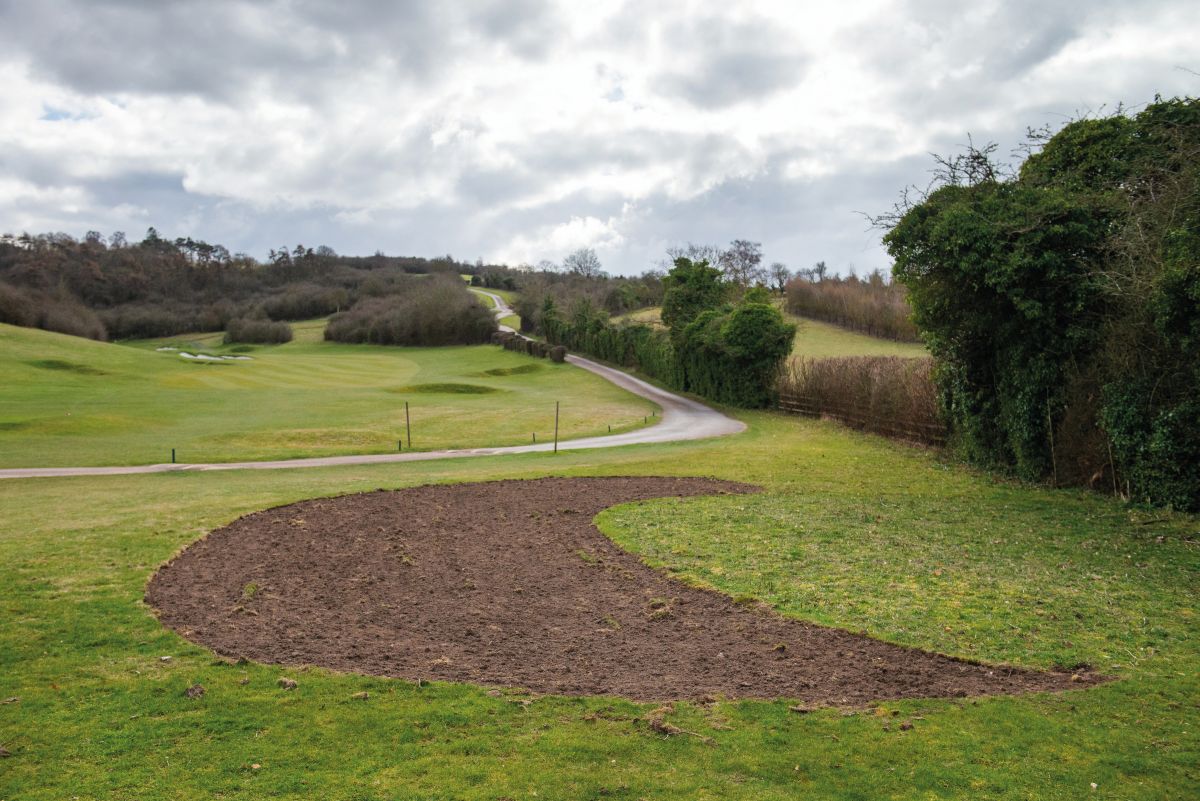
Throughout this ongoing project, Goring & Streatley has remained committed to delivering excellent conditions for golfers, dispelling any notion that prioritising ecology means compromising playing surfaces.
“We’ve seen massive improvements in our playing surfaces,” said Matt. “One green that was previously out of play for 30-40 days a year due to saturation is now one of our driest. By clearing invasive trees and vegetation, we’ve dramatically improved light and air circulation. We’ve always been a low-input club, not throwing fertilisers around and only spot-spraying weeds. Our approach is ‘less is more’ – if you start pumping water and fertilisers everywhere, you create your own problems. We’re lucky that the previous course manager took good care of the course, and we’ve just elevated it to the next level.”
With that increase in standards has come a rise in the number of people wanting to play at Goring & Streatley, placing extra pressure on a course located on mixed terrain, which presents its own challenges.
“Our site is unique – we’ve got seven holes on clay and half the course on chalk,” added Matt. “By managing the landscape more intelligently, we’ve been able to balance these challenging soil conditions. The volume of winter play has increased probably 10 times since I started, which is a real testament to our improved surfaces.”
He continued: “The golfers have offered brilliant feedback on course conditions, and that’s given us the freedom to continue our ecological work. The board and management trust us because the results are there to see.” GI
Award win a triumph of persistence and consistency
Goring & Streatley were twice runners-up before finally laying their hands on the Operation Pollinator Award.
The team took the opportunity to learn from previous winners, attending an education day at Huntercombe Golf Club, where Course Manager Grant Stewart shared insights on the work that saw them claim the prize in 2024. Syngenta Turf Business Manager Sarah Hughes, who sits on the Golf Environment Awards judging panel, said: “The vision of Melissa and the team at Goring & Streatley to protect and enhance the biodiversity around the course has paid off with the great results that continue to improve.”
Sarah continued: “It is great that their hard work and initiative is widely appreciated by the club and the members in creating an incredibly valuable ecological resource that is increasingly rare in the area, along with producing a consistently outstanding golf course that achieves excellent reviews.”
Honey is money
Goring & Streatley’s beehives are now very much part of the furniture, thanks to Melissa’s passion for the idea and a little help from one of Matt’s friends.
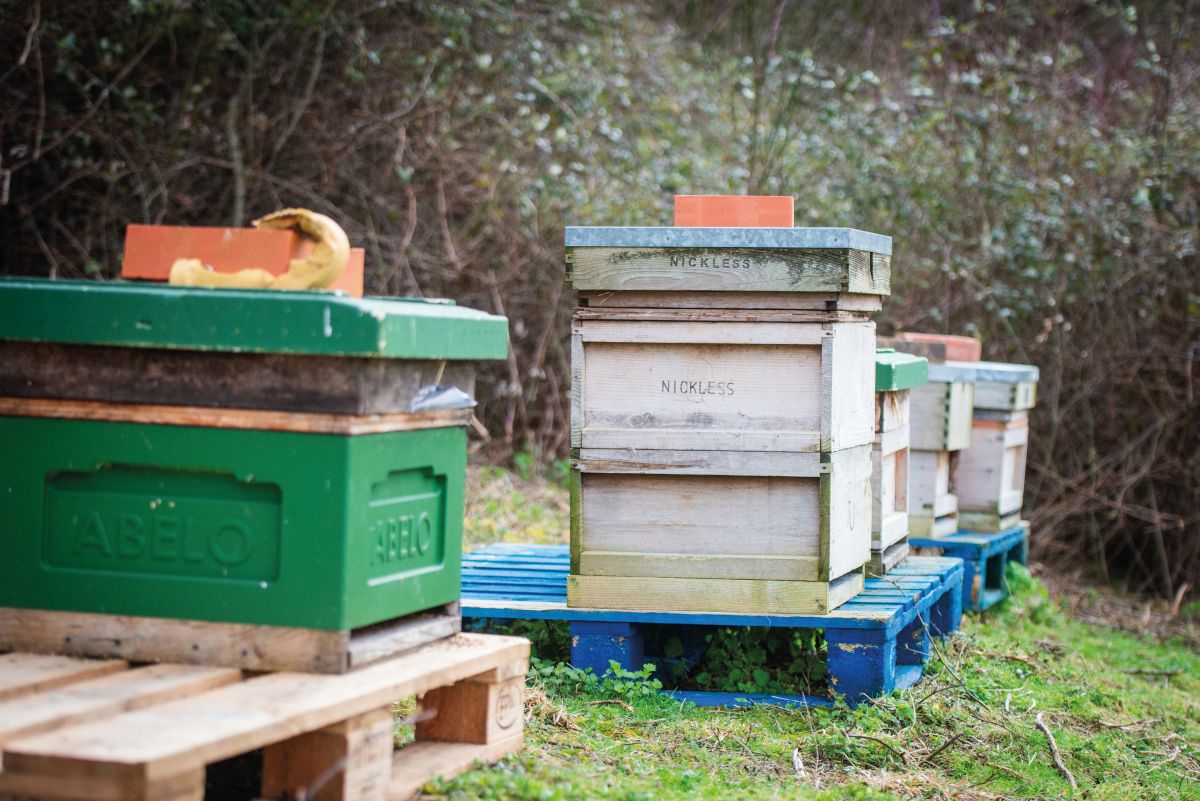
There are 20 hives on site, soon to expand to 28, strategically placed across the course’s wildflower-rich terrain. The approach is a collaborative one, with a beekeeper – someone Matt happened to know – managing the hives, handling everything from maintenance to honey production, while also mentoring Melissa. Members can purchase locally produced honey, with the club’s share of the profits directly reinvested into ecological initiatives, creating a self-sustaining environmental cycle.
“Last winter, we invested £900 from those proceeds in hedgerow plants for a new hedge along the side of our 11th hole and behind our 1st tee area,” said Melissa. “These are great for providing a food source for birds and pollinators. We also spent a further £700 on wildflower seeds and sowed these in the areas we cleared last year and a few small pockets where we cut turf to use in other places.”
Engagement is key
Engaging with members, visitors and the wider community is a key component of Goring & Streatley’s strategy. The club recognises the need to bring others along on the journey, which begins with explaining why ecology is so important and how golf clubs can do their bit.
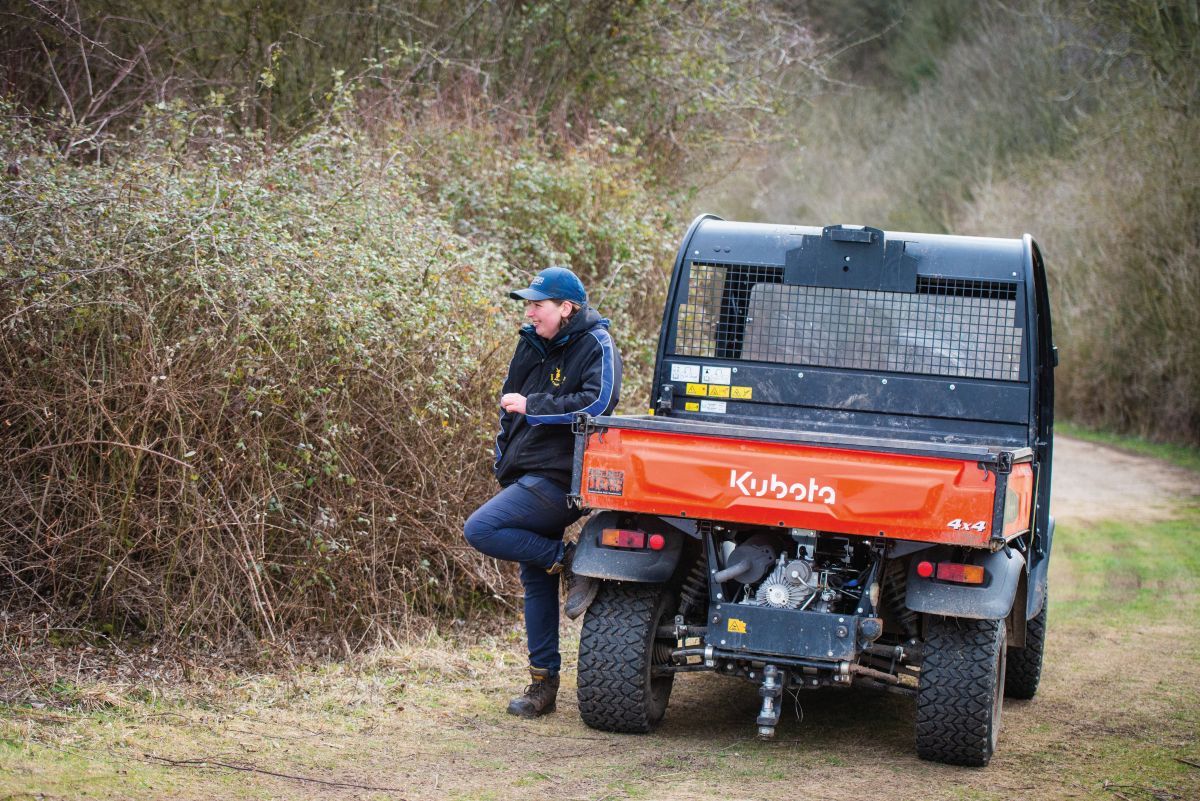
“We’ve really made a point to educate our members about what we’re doing,” said Melissa. “At first, when we started clearing areas, some people were critical and thought it looked like a mess, but we’ve been persistent in explaining why we’re making these changes and what benefits they bring.
“We’ve held kids’ activity days for local preschools, inviting children aged three to eight to explore our meadows. They collect wildflowers, do crafts, catch insects and even play a bit of golf. We use information boards, newsletters and emails to keep members informed.
“We’ve also invited experts like butterfly specialists and RSPB representatives to help us document and explain our work. The more people understand what we’re doing, generally the more supportive they are.”
Author

BIGGA
About Goring & Streatley
Established in 1895, designed by Harry Colt and JH Taylor, Goring & Streatley is an 18-hole, par-71 course, measuring 6,355 yards from the white tees and 6,008 yards from the yellow tees.
Set in an area of outstanding natural beauty in West Berkshire, with panoramic views of the Thames Valley, it boasts greens renowned for being fast and true.
